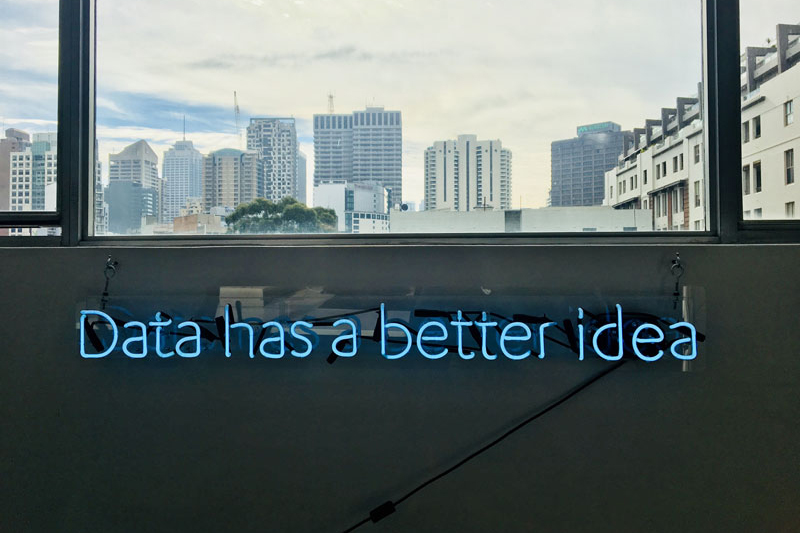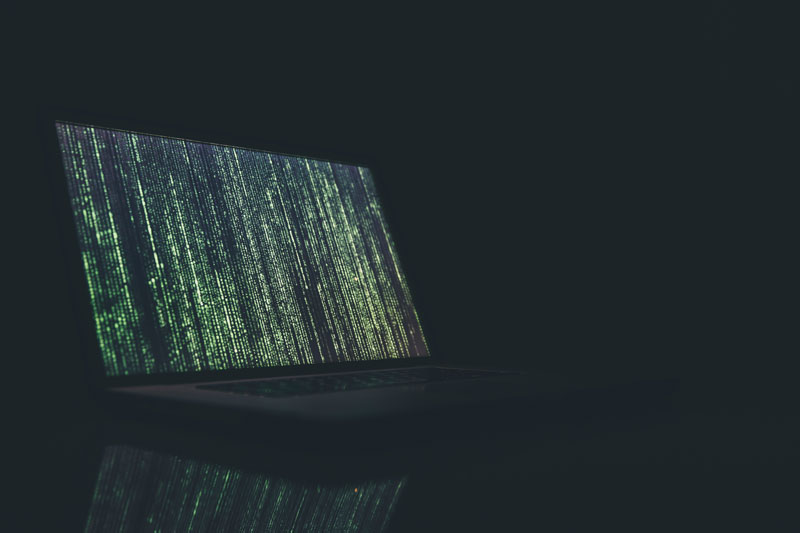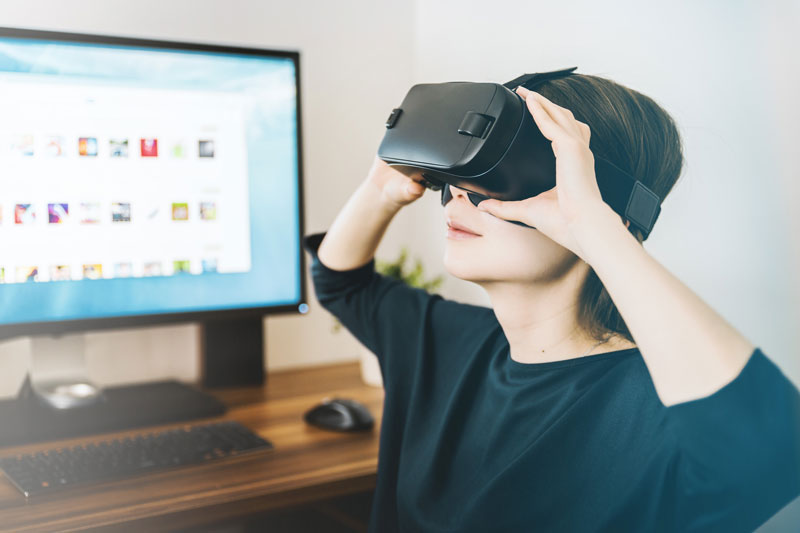The economy is a bit like a big pyramid.
At the top are startups, disruptors, B2C companies who can innovate and iterate quickly and push the economy further by looking for slivers of profit inefficiencies and new opportunity.
But as you filter further down you get to the building blocks. Construction, manufacturing, oil and gas, mining — these are the economic foundations.
And change happens more slowly here. It’s more complex, harder to implement and usually, more expensive if something goes wrong.
Organizations are reluctant to embrace extra risk, so change happens incrementally.
But it does happen.
In this article, we explore the digital trends impacting one of these core foundations in Canada and around the world – the mining industry. We look at trends to answer questions like:
- How is the mining industry adapting to new technology?
- How is new technology actually being used by the mining industry today?
- With other foundational industries embracing things like IoT and industry 4.0, how is the mining industry adapting to keep up?
1. Digital Transformation for the mining industry
The mining industry might be transforming more slowly than companies in the Internet industry like Facebook. But the transformation is happening.
First, the same factors that drove digital transformation in other industries are also driving digital transformation in mining. As far back as 2016, Accenture was predicting that digital transformation in mining would be driven by:
- Market volatility
- Increased cost
- Changing global demand trends
Sound familiar? These are the same drivers that have forced change in countless other industries.
And just like the drivers are the same, the manifestation of digital transformation for the mining industry is also shockingly familiar.

Big data will be used and visualized more easily
Just like other industries are beginning to leverage data, so does mining.
This process takes place in two steps.
First, data needs to be flexible enough to be used across organizations and throughout the supply chain. Using systems and processes that are cloud-based, built with flexible APIs, and configurable data schema will make this step easier.
Second, there needs to be a way to turn data into actionable insights. And this means visualization. Managers and executives both need insight into where mining processes are, identify and mitigate problems early, and act in real time to maximize opportunity as it comes up.
Process automation will be fuelled by algorithms and data
The second big manifestation of digital transformation is automation. In other industries, this usually means replacing humans with robots.

For example, consider the sheer volume of WordPress plugins available for free. Proprietary software is generally more secure, has better support, and is often better run from a back-end
But that’s just not the case in mining. Rather, process automation, fuelled by algorithms and data, will help miners primarily with data-led preventative maintenance (fixing things before they break) and optimize mine performance by predicting where to drill and blast and automatically scheduling resources accurately.
Process and asset digitization and digitalization
Finally, the mining industry is moving towards digitization and digitalization
The process shifts towards automated systems and preventative errors are only as viable as the data it’s built on.
Basically, you can’t have meaningful digital transformation if systems remain stuck in analog processes.
That’s why we think that digitization of process and digitization of records and systems will happen in a big way in the mining industry:
- Mobile devices and field service software will become commonplace
- Sensors will automatically report back process and systems status rather than manual, analog reporting
- Mines and SMEs will shift processes and content from offline to online using systems and services deployed elsewhere like CMS, CRM, and supplier management software.
2. Mobile experiences will change how miners work
The second trend we’ve noticed in mining is the increasing use of mobile technology.
Generally speaking, the argument against mobile technology is this:
“Oh, we couldn’t possibly do this on a phone or device! It’s just too complicated for small screen/limited processor/offline device.”
But again and again, that argument fails. Now, it’s expected that enterprise applications have native (or at least mobile-friendly) apps for tablets and phones.
And this is the direction in which the mining industry is going.
For instance, a startup out of Australia called Mappt has made a geographic information system (GIS) that works offline on mobile devices.
This has empowered users to work in the field and automatically push their data into a broader network when they reconnect.
And we think this is just the start.
Other mobile functions that we see taking mining by storm include:
- Mobile sensors on field machinery
- Apps to connect field technicians to central databases so they know where they’re going to fix problems
- Further exploration and problem diagnostic capabilities via mobile devices
- Safety and compliance via geo-fencing and sensors to warn miners of dangers.
More generally, these continue the trend towards the internet of things, where interconnection and data sharing from the field back to decision-makers is the norm rather than the exception.
3. VR/AR is coming
Virtual reality and Augmented Reality (AR) are the next big trends we see heading for the mining industry.
First, this isn’t out of nowhere. In 2016, the MINExpo featured numerous AR/VR technologies
So it’s been on the books for the least a few years now.

That said, it’s taken until very recently for the first meaningful stabs at VR/AR to trickle into use.
Here are a few predicted and real applications of VR/AR in the mining industry we’ll see realized in the next 2-3 years.
Education
Mining is complex and dangerous and thus has a significant continuing education component as part of continued certification and regulatory excellence.
Second, mining is dangerous. Learning on the job often puts new employees and those around them at significant risk.
VR/AR can help by creating numerous realistic simulations to prepare miners for any eventuality as well explain new techniques, approaches, and technologies.
According to Tuong Nguyen, principal research analyst at Gartner:
“For training, it's helpful for situations that are high risk. If it's expensive or dangerous to have someone training in a live environment, but you want them to at least know the muscle movement and the decisions they will need to make, you can have them do it in a virtual space, rather than in the physical world.”
Bridging communications gaps
Mining executives regularly have to pitch a more diverse audience than most other executives. Government ministries, indigenous groups, other executives, and local communities are all audiences who need to be reached. The breadth of technical understanding alone makes this task daunting.
What’s more, a mine isn’t like an iPhone or a couch or even a car. It’s not a product that can be experienced unless you’re there – and that’s unlikely to happen.
Basically, it’s doesn’t translate well to Microsoft PowerPoint.
We think that VR and AR can help bring mines to life. Stakeholders will be able to explore a mine on their own, see it from above or within, even manipulate time to see what an open cast mine will look like in 100 or 200 years.
4. Industry 4.0 is coming to mining
So far we’ve focused mostly on discrete, industrial technology – that is, specific technological solutions rather than wholesale industrial change.
But if we take a step back, it’s worth thinking about what these transformations mean in the aggregate.
They mean that industry 4.0 is coming to mining.
Industry 4.0 is a bit of a mixed bag of technology and ideas but generally, it means the connection of machinery and the internet of things via sensors.
This generates a huge number of automated and smart processes and the data to power things like machine learning and AI as well as providing humans with the ability to make smarter decisions, faster.
When it comes to mining, industry 4.0 will likely manifest itself less as process optimization (like other industries) and more around tracking and identifying problems early. Productivity dips can be measured in real-time and behaviour adjusted to compensate.
More importantly, hazards can be identified and mitigated, like preventative maintenance but at a mine- or organizational-level.
Final Thoughts
The mining industry isn’t immune to digital change. And it’s happening right now. Mobile systems, sensors, and connected smart devices are creating a wealth of data for organizations to exploit – data that can fuel everything from better decision making to safer mining practices.
And it’s not just data. The high stakes of mining make it a prime candidate for VR and AR, both to train new miners better and faster and to bridge the communication gap between geologists, mining executives, local communities, and government parties.
Mining is getting an upgrade. In the future, it will be safer, cleaner, and more efficient with the help of new technology and methodologies that make up industry 4.0.
